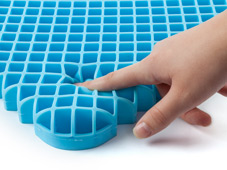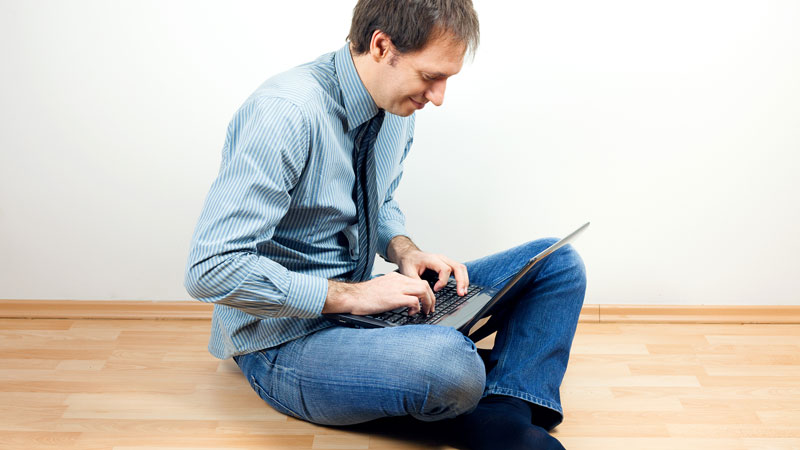Hundreds of thousands of years ago, our species spent most hours of the day standing, running, hunting and gathering. Naturally, because upright movement was integral to our survival, there weren’t too many club-toting cavemen who sat in the bush for a 9-5 desk job.
Fast forward to our modern day and a large majority of our population spends more time sitting than they do sleeping, walking, running or any other type of activity. In fact, on average, we sit on chairs, cushions and couches for up to 9.3 hours a day. That’s 558 minutes a day!
Because sitting is not natural for our bodies, and can contribute to many problems such as sciatica, obesity, muscle soreness and more. That being said, whether we like it or not, we do need to sit frequently in our modern age, whether it be for a day at work, a dinner with friends, or simply to watch our favourite weeknight TV series. It’s okay. We all do it, love it and, yes, deserve it. The truth is, sitting doesn’t have to be bad for you, so long as you do it the right way.
Support Doesn’t Start with Springs
Have you ever thought about why spring mattresses, cushions and beds aren’t as popular as they used to be? It’s because the technology is outdated. Many studies have shown that springs can actually cause more damage to your back and posture than previously thought. Specifically, when you sit on a spring, your weight pushes back at you. That means, the force that your body applies to the spring, is actually applied right back at your body. It’s called Hooke’s Law, and it puts an immense amount of pressure on your muscles and bones. This pressure, while it may seem relieving at first, actually causes more long-term damage, whether it be in the form of joint pain, poor blood circulation, muscle spasms and beyond.
What you really want to do when sitting is to disperse the weight of your body around. This ensures that there is no constant pressure aggravating one single part of your body. It also lets your muscles relax and your blood circulation to flow without interruption.
Some Tips for Sitters
There are a few ways to ensure you don’t succumb to sitter’s sadness. For starters, you should invest in a good chair or cushion. If you are going to spend more time in a chair than you do in bed, don’t you think you ought to at least invest in a good place to sit?
 Normal chair cushions generally consist of non-supportive foam or pressure-inducing spring cushioning. Invest in a gel chair cushion instead. Originally developed to help patients recover from injuries, these cushions are designed to distribute weight evenly. A honey-comb like structure and advanced gel-like material cause the cushion to buckle in heavier areas so the surrounding cells can absorb the weight pressure. This creates less pressure on your joints and more support for your spine.
Normal chair cushions generally consist of non-supportive foam or pressure-inducing spring cushioning. Invest in a gel chair cushion instead. Originally developed to help patients recover from injuries, these cushions are designed to distribute weight evenly. A honey-comb like structure and advanced gel-like material cause the cushion to buckle in heavier areas so the surrounding cells can absorb the weight pressure. This creates less pressure on your joints and more support for your spine.
Take Time to Stretch, Stand and Walk
At the office, you may be confined to you chair for a large part of your work day, but chances are, you also have many opportunities to stretch, walk (to the kitchen or photocopier perhaps), or stand. A few of these little bursts of non-sitting activity per day will aid your body’s overall health immensely, and if you add in a short stair climb or noon-hour stroll, you’ll be decreasing your chances of back pain, blood clots, poor circulation, heart disease and obesity too.
So there you have it. If you spend a large majority of your day sitting, consider a few of these pointers to get a healthier back and lifestyle. It takes almost no effort at all, and can increase your quality of life by miles.
View the original article and our Inspiration here


Leave a Reply